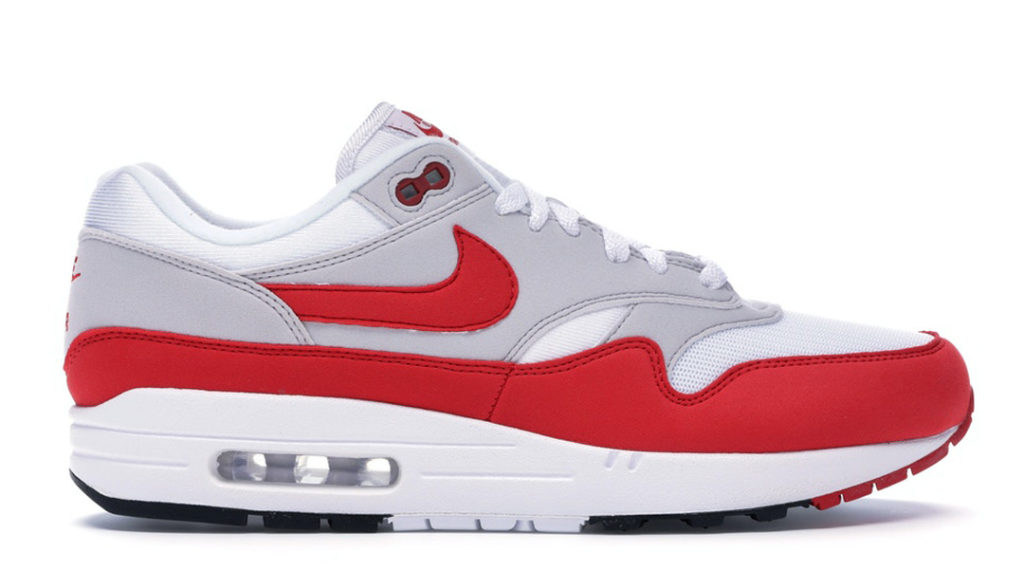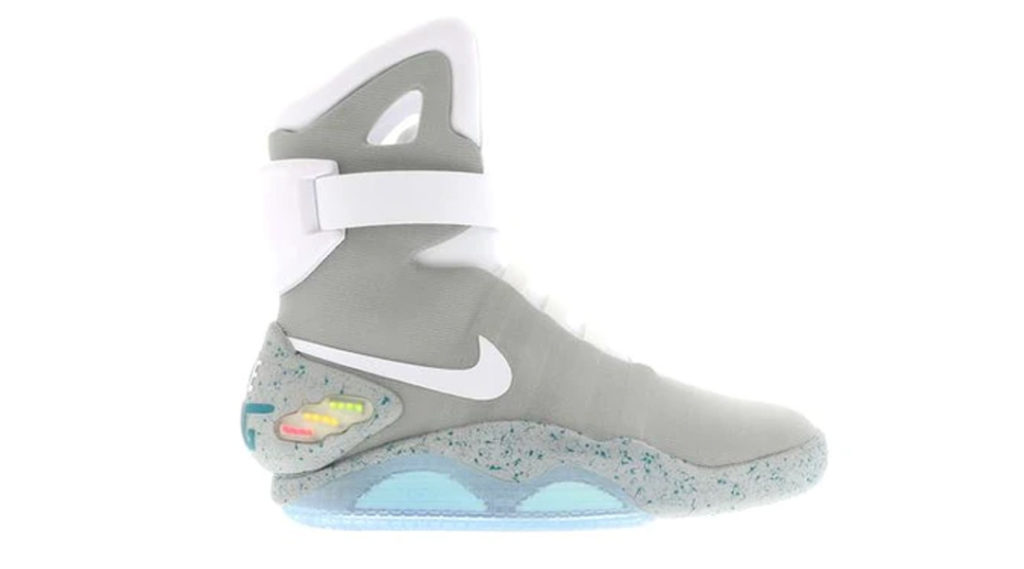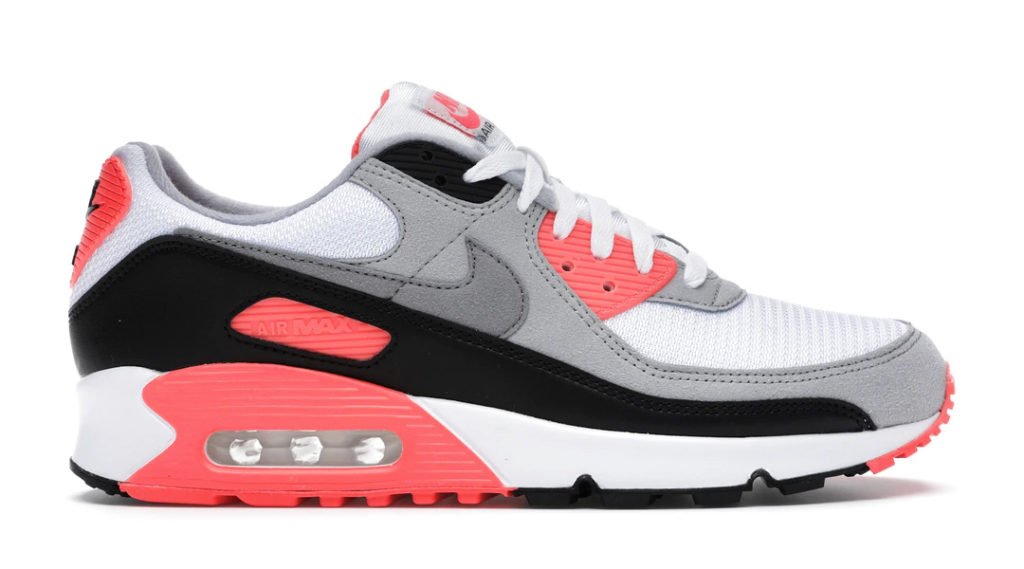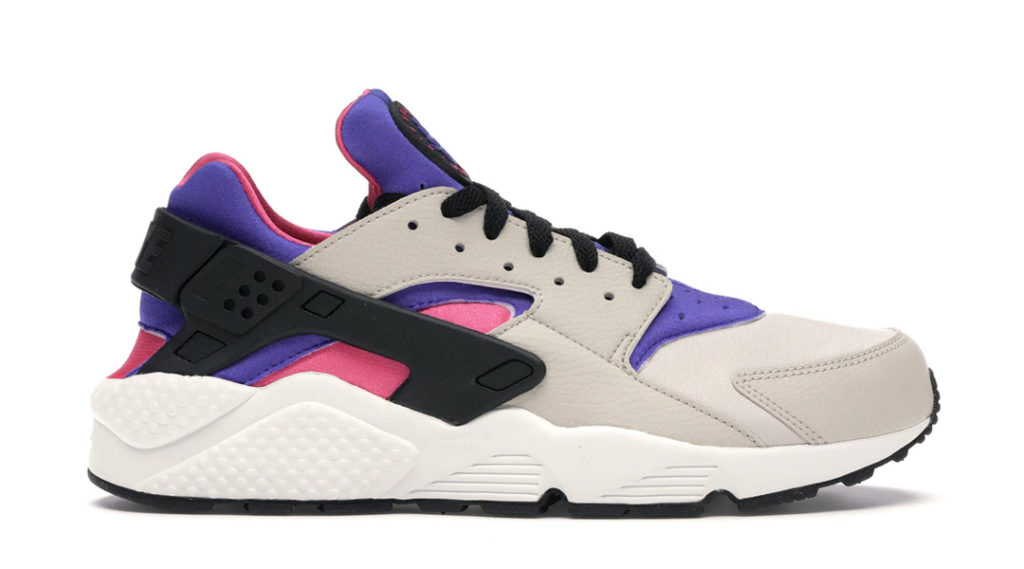When discussing the great sneakers we have seen over the years, we generally praise the brand that releases them. Nike and Adidas have been taking all of the credit for years, well, up until now. Steven Smith has recently begun to get the credit he well and truly deserves, so we think it’s time to bring the fantastic career timeline of Tinker Hatfield to the masses.
Now don’t get me wrong, within the sneaker industry, Tinker is royalty. Sneakerheads across the globe recognise the legendary designer as one of the true OG’s within the game. But what about the general public who are probably rocking his creations without even knowing?! It’s time to shine a light on the many accomplishments throughout Tinker Hatfield’s career. Prepare yourself; you are about to see a portfolio like no other.
Where did it all begin?
Tinker Hatfield’s career with Nike began way back in 1981, but he was not initially brought in to design product for the sportswear powerhouse. Hatfield was brought on board to design Nike offices, apparel showrooms and Nike outlet stores due to his architectural background. After four successful years within the architectural space, Tinker was asked to lend a helping hand to the product design department in 1985. What unfolded was the creation of some of the most iconic silhouettes we have ever had on foot. Even today, Tinker Hatfield’s products are some of the most sought-after sneakers in the marketplace.

1985 – 1987
Nicknamed the Architect due to his previous vocation, Tinker Hatfield began to push the boundaries of design and change the sneaker game as we knew it from the get-go. He would study the technology behind a Nike sneaker and discovered the use of an air bubble that is hidden within the sole unit. Drawing inspiration from the Georges Pompidou Centre in Paris, France, Tinker would begin to design the now-legendary Air Max 1. A building often described as ugly was the inspiration behind a sneaker now known for its beauty. The Georges Pompidou Centre essentially showed its insides on the outside of the building; something Tinker looked to achieve with the visible air bubble that features on the AM1.
Despite the Air Max 1 and the models that followed being some of the best releases under Nike’s banner, the initial design was met with some friction.
Nike had spent some time trying to reduce the size of their airbag as the technology was meant to be felt, not seen. So when Tinker Hatfield came along and suggested making it wider and removing a part of the sole to see the bubble, Nike execs were dumbfounded. People saw Tinker’s design as too progressive and too provocative, even pushing for the architect/designer to be fired. Fortunately, Tinker Hatfield and team pushed back, believing in their product. The outcome? the Air Max 1 which released on March 26, 1987.
This release was both Nikes first-ever shoe to show the air bubble, and Tinker Hatfield’s first-ever shoe to release in general. Neither could predict the long-standing effect the shoe would have on the industry.
That same year, Tinker would create John McEnroe’s favourite sneaker, the Air Trainer 1. We would see the tennis legend grace the court in the silhouette many times after its release.
Hatfield could not have had a better start to sneaker design.

1988
By the time ’88 rolled around, Hatfield had already changed the sneaker game as we knew it and supplied a player-exclusive silhouette to tennis superstar John McEnroe. You’d be inclined to think where does he go from here?! But somehow he topped his previous years work with what unfolded in 1988.
Michael Jordan was already a part of Nike, and his Jordan Brand had seen relative success over the few years they were out. However, Jordan always wanted to be a part of Adidas.Jumping ship wasn’t out of the realms of possibility for MJ. Fortunately for Nike though, they had a secret weapon in revolutionary designer Tinker Hatfield.
The two would combine to create the Air Jordan 3. A brand-new silhouette from the Jordan Brand banner, the shoe was exclusively developed by Hatfield and Jordan. The sneaker was the first time we would not see the wings logo used. Also, the iconic Jumpman logo would debut on this shoe. We also saw Hatfield carry over his now signature design aspect as the Jordan 3 was the first to feature a visible air bubble too. With the now-legendary elephant print also featuring across the upper, the AJ3 was a thing of beauty. The popularity of this shoe may well have saved the relationship between Nike and Michael Jordan. We all know how that story ends.
Want to rock a pair of Air Jordan 3s? Click here to see our available pairs.

1989
In what feels like a relatively short career spanning just four years, Tinker had managed to create industry-defining silhouettes as well as helping to tie down the most significant sports star the world has ever seen. So what would the natural progression for Hatfield? He took his unique design ability to Hollywood.
Tinker would go on the create one of the most expensive Nike silhouettes of all time in the Nike Air MAG for Back to the Future II. A sneaker that prides itself on its futuristic look, the sneaker featured a self-lacing system as well as an exceptionally high tech aesthetic. The shoe would go on to release in 2011 and again in 2016. The Air MAG now fetches between £35,000 and £45,000 and is one of the most sought-after sneakers of all time. Another feather in the cap of Tinker Hatfield.

90s
Once we get into the 90s is a little more challenging to define what Tinker Hatfield accomplished. This was due to the amount of product he was churning out. Nike made Tinker Creative Director of Product Design in ’89 so as you can imagine, he was pretty much involved in all things Nike.
At the beginning of the 90s, we saw Hatfield create another iconic Air Max silhouette, the Air Max 90. The sneaker initially released under the Air Max III moniker in 1990. But would later take on the name we all know it by, the AM90. The shoe is credited with showcasing the possibilities surrounding Hatfield’s designs, featuring a bigger Air unit than we had ever seen before. Even more daring than the AM1, the shoes’ uppers came crafted from a mix of materials and colours. This made the AM90 a favourite amongst sneakerheads.
Want to add a pair of Air Max 90s to your collection? Click here.
In that same year, Tinker Hatfield would reunite with MJ to create his next silhouette. The two legends of their respective fields put their heads together and created the Air Jordan 5. Tinker would draw inspiration from fighter planes this time around, with shark-tooth shapes on the midsole as a reference to Jordan’s tenacious basketball play.
Fast-forward to ’91 and Hatfield would again take the reigns on creating MJ’s signature sneaker for the upcoming season. Tinker would take inspiration much closer to home with this silhouette, sighting Jordan’s sportscar as the reason behind the 6’s design. Jordan would wear the 6 for the ’91 season, winning his first-ever NBA title along the way. We would also see two more legendary creations out of Hatfield during 1991, as he created the Nike Huarache and Air Mowabb. Much like many of Hatfield’s sneakers, the Huarache and Mowabb are two iconic silhouettes still today.

Looking to pick up a pair of Huaraches? Click here.
Between 1992 and 1999 Tinker Hatfield would continue to make Michael Jordan’s signature sneaker for that season. MJ would also win two more titles consecutively in 92 and 93. The historic 3-peat is still talked about today, and Jordan had Hatfield created Jordan’s on his feet for all three. The most notable Jordan models to come out of those eight years was the Jordan 11 and Jordan 13.
The Jordan 11 gained additional exposure due to it being the sneaker of choice for Michael Jordan in his venture to Hollywood. MJ would rock a limited edition pair of 11’s for the 1996 movie Space Jam. Hatfield’s second venture onto the big screen was a massive success, with the Space Jam 11 a fan favourite amongst collectors.
The 2000s
As we began a new Millenium, Tinker Hatfield was still a critical piece of the puzzle for Nike. It is not quite as clear as in the 80s and 90s exactly what Tinker worked on. The releases we now see are very much a team effort. We do know that when Nike signed Lebron James in 2003, he would wear the Nike Air Zoom Generation 1 which we know Hatfield worked on.
Nike looked to create the undeniable success of the Jordan x Hatfield collaboration. Unfortunately, Tinker would go on to reject the offer of working with Lebron on his signature line. This was due to the two weren’t on the same page.
In 2011 and again in 2016 we would see the return of one of Tinker Hatfield’s most iconic creations, the Nike Air MAG. Fans of Back to the Future had the opportunity to purchase a pair at auction. Only 1189 pairs were made available across the two releases though, hence the incredible resale price today.
In 2018, we saw a true full-circle moment, as Tinker Hatfield finally received his own signature sneaker. The Jordan 3 Retro ‘Tinker Hatfield’ came straight out of the OG sneaker sketchbooks Hatfield had. The sneaker combined many of the design aspects that Hatfield had used on Jordan’s silhouettes. He even included the iconic Nike swoosh on the sneaker. Perhaps not the most visually appealing sneaker to collectors, but a shoe everybody should respect due to the fact somebody that started as a designer got his own signature shoe.
Tinker Hatfield, the GOAT?
It would be tough to argue against anyone claiming that Hatfield is the greatest of all time. He has such an incredible back catalogue at Nike and with Jordan Brand. His early work is as relevant today as it has ever been, which some thirty-five years later is insane.
I do think there is a discussion between Hatfield and Steven Smith being the greatest sneaker designers of all time. A debate similar to the Messi vs Ronaldo or Michael Jordan vs Lebron James ones. Fortunately enough for all of us, we don’t actually have to decide who is the superior designer. The beauty of it all is we get to enjoy these legendary artists work by copping and wearing the sneakers that were once merely in their sketchbooks.
